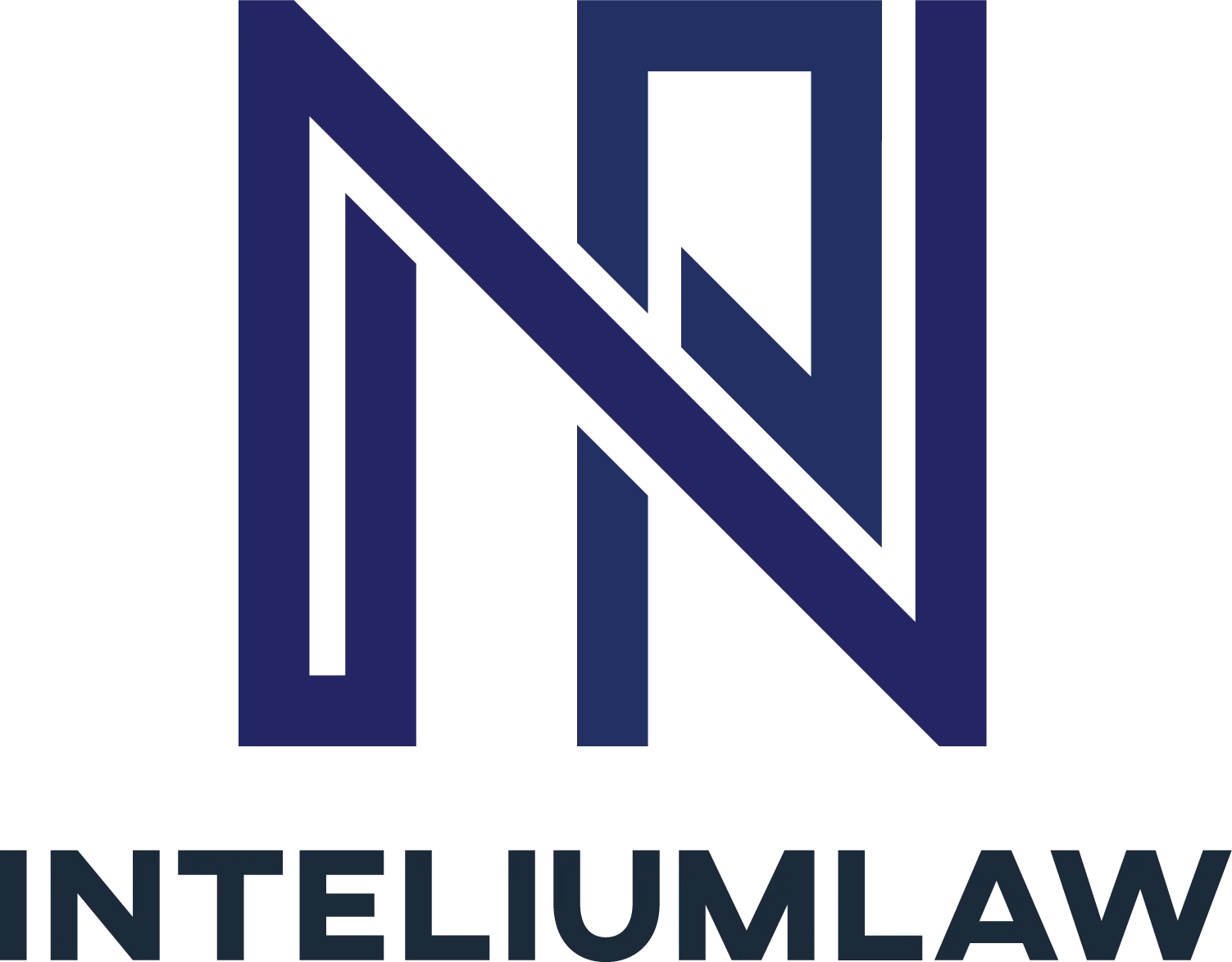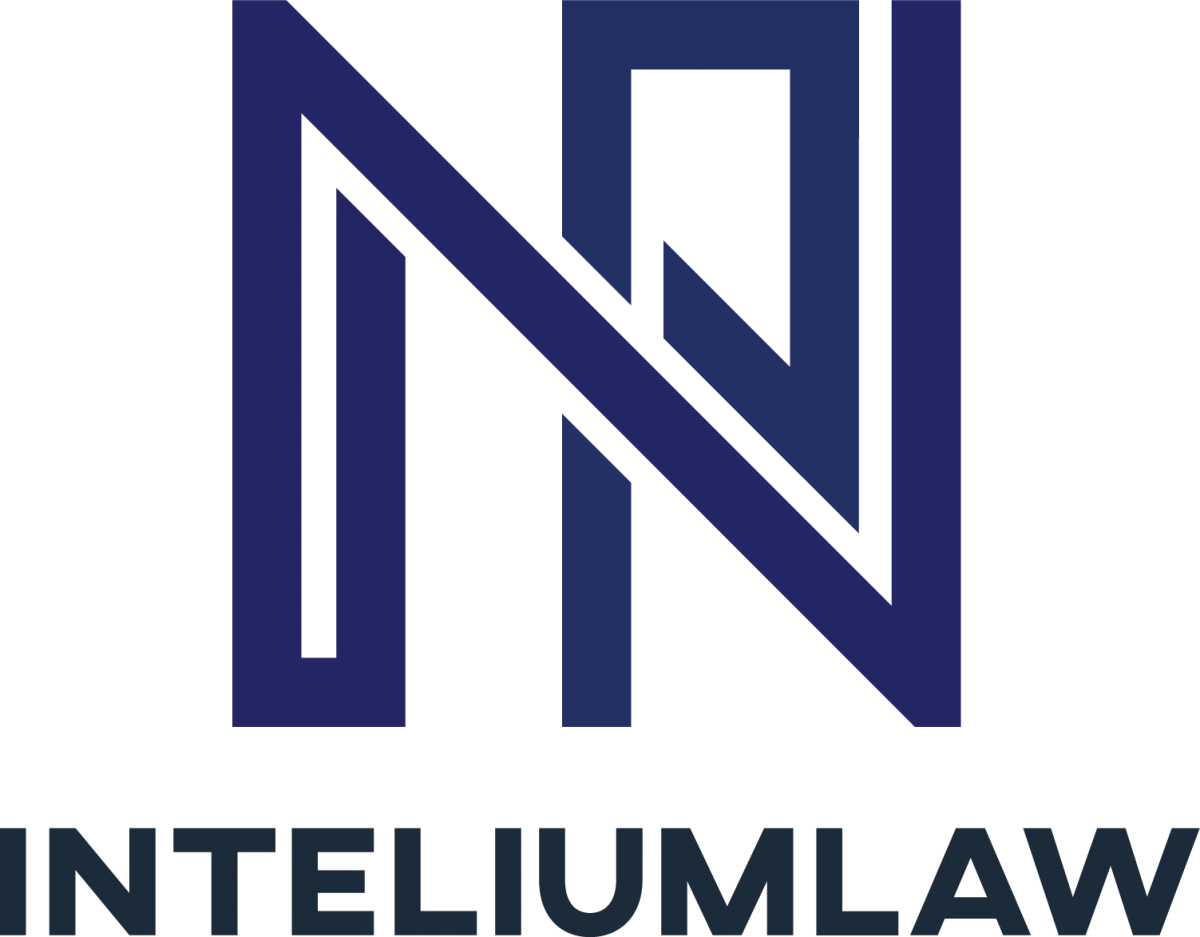Table of contents
The Markets in Crypto-Assets regulation (MiCA) is a major initiative by the European Union to manage the fast-changing digital and crypto-assets industry. It aims to create a clear and secure environment for digital tokens in the EU. The guideline also protects investors and encourages innovation, ensuring a balanced approach to the growing crypto economy.
Read on to discover how this ordinance is shaping the future of digital finance in Europe.
Who does MiCA apply to?
It applies to the following entities:
- Crypto asset issuers: This includes both the businesses that create and develop the assets and anyone who offers them to the public or wants them listed on a trading platform.
- Crypto asset service providers: These are those who professionally offer crypto-related services to others.
What types of digital tokens are within its scope?
- Asset-backed Tokens. Virtual money is linked to various fiat money of non-EU countries and other assets to maintain a stable value.
- Electronic Money Token. Cryptocurrencies pegged to a single fiat currency of any EU member country, intended as electronic substitutes for cash, usable for payments or transfers.
- Any other digital representation of value or rights.
What About NFTs?
The ordinance does not apply to virtual assets that cannot be exchanged for others, like most NFTs. It might apply to NFTs issued in a series or as a collection. Such NFTs are more regular and behave as interchangeable assets.
What About Security Tokens?
The Security Tokens are out of its scope and are subject to provisions of Directive 2014/65/EU on trading in financial instruments.
When does MiCA start?
The European Commission introduced its proposal on September 24, 2020, as part of a broader digital finance package. The EU Parliament voted in favor of the ordinance on April 20, 2023.
On 9 June 2023, the final text of the ordinance was published in the Official Journal of the European Union, coming into force 20 days later.
In cooperation with the EBA, ESMA will draft delegated acts on 30 June 2024. Then, rules for asset-backed and e-money tokens will start to apply. The remaining rules will come into effect on 30 December 2024.
What does MiCA cover?
It defines and classifies digital tokens, clearly distinguishing between them. This demystifies the nature and treatment of different types of digital tokens.
What are the key objectives of the ordinance?
- To replace different crypto rules in each EU country with one single set of rules.
- To make clear rules for companies that provide crypto services and issue tokens.
- To create certainty about regulating cryptocurrencies when current financial rules don’t cover them.
Regulatory compliance
It establishes clear rules for cryptocurrency stakeholders and trading platforms. This includes permitting requirements, operational standards, and obligations for accountability. Here’s what is included:
- One of the EU’s 27 national crypto regulators must authorize the crypto venture.
- Such ventures must also publish a white paper. It must clearly warn of risks without misleading buyers.
- MiCA adapts existing rules to fit new virtual instruments, including payments and investments. Crypto white papers can be published before getting regulatory approval. The framework also includes measures to stop insider trading. These measures are like those in traditional finance.
Stablecoin Governance
MiCA also discusses regulating stablecoins. Stablecoins ordinances came to light after the TerraUSD stablecoin crashed and the Meta-backed Libra currency, tied to the value of other assets, wound down in 2022.
- Stablecoins are referred to as e-money tokens (EMTs) and other asset-backed tokens. For issuers of stablecoins to be regulatable, they must hold suitable reserves.
- MiCA restricts stable coins not pegged to the EU currency. Users can make at most 1 million transactions per day.
- MiCA also extends to automatic coding algorithmic stablecoins in the Terra manner.
Incentives for European Crypto Ventures
- Crypto ventures operate across the entire EU without extra permits. This opens them to expansion opportunities.
- The ordinance has some options which can promote the development and use of innovative financial instruments and technologies.
- Companies that adapt to this standard can position themselves as leaders in the blockchain sector.
Noncompliance could result in penalties. These could be in the millions of euros or as much as 12.5% of annual revenue.
Global Impact
MiCA is set to have significant global implications. These are set to influence the digital landscape far beyond Europe.
- Non-EU countries may adopt similar ordinances, promoting global regulatory consistency and reducing fragmentation.
- Non-EU organizations may strive to meet its requirements to attract EU investors.
- EU-based blockchain ventures enjoy easier cross-border operations within the EU.
- Passporting provisions allow organizations from one EU state to operate throughout the EU.

Stay ahead of the dynamic Crypto and iGaming regulatory landscapes with the latest news and insights, carefully selected and vetted by Inteliumlaw
Advantages of MiCA
The ordinance on Crypto-Assets offers the following benefits for the blockchain industry:
Framework Clarity
It clearly defines different types of digital assets. It also provides a single set of rules across all EU member states. This makes it easier for stakeholders to understand and comply with the law.
Market Integrity
This includes measures to prevent abuses in trading and insider activities, which enhance fairness. Additionally, it mandates detailed disclosures. These disclosures are essential for building trust among stakeholders.
Consumer Protection
This ensures that consumers are aware of the risks associated with digital assets. Mica also has measures to protect consumers from illegal activities.
Competitive Advantage
Businesses that comply early with this ordinance can gain a competitive edge. They build a reputation for reliability and trustworthiness.
Challenges Presented by MiCA
Although it has many benefits, there are some disadvantages you should know. These include:
High Costs
Meeting the requirements can be expensive for startups and small enterprises. Ensuring compliance may need significant resources. They consist of administrative, technical, and legal help.
Creative Restrictions
Strict rules could stifle creativity. Businesses can get more risk adverse in an effort to prevent noncompliance. Regulatory permission requirements might sometimes impede commercial innovation.
Elevated Rivalry
Outside of the EU, blockchain technology rules may be less stringent. Businesses from outside the EU that operate in these contexts may be at a competitive advantage.
Regulatory arbitrage
To get around its strict guidelines, some businesses may relocate their activities to areas with laxer laws. This makes it possible for policy to be abused.
Partner with InteliumLaw
Navigating MiCa is a challenging process that calls for knowledge and proactive compliance measures. Our team of professionals specializes in digital asset law. They provide the guidance you need to navigate the complexities of policy compliance. We offer tailored solutions for assessment and ongoing compliance. They ensure you confidently meet your regulatory duties.






